Home>Articles>Flat Sheets vs Fitted Sheets – What’s the Difference?
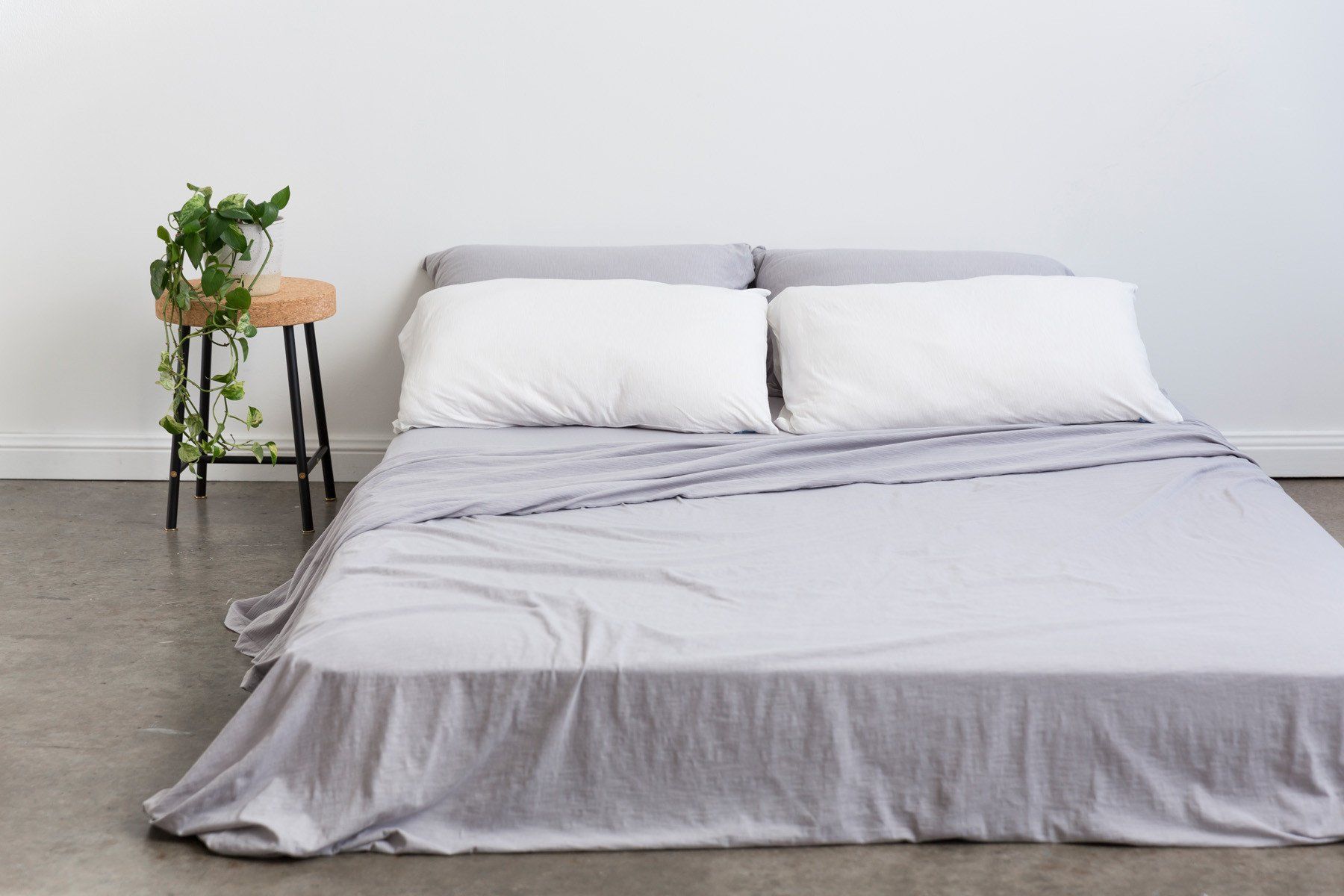

Articles
Flat Sheets vs Fitted Sheets – What’s the Difference?
Modified: October 18, 2024
Discover the difference between a fitted sheet and a flat sheet in our informative articles. Upgrade your bedding knowledge today!
(Many of the links in this article redirect to a specific reviewed product. Your purchase of these products through affiliate links helps to generate commission for Storables.com, at no extra cost. Learn more)
Introduction
When it comes to making a comfortable and stylish bed, there are two essential components: fitted sheets and flat sheets. These bedding accessories play an important role in providing a cozy and restful sleeping experience. But what exactly are fitted sheets and flat sheets, and what sets them apart?
In this article, we will delve into the definitions, purposes, features, and differences of fitted sheets and flat sheets. By understanding the unique characteristics of these bedding essentials, you’ll be able to make informed decisions when shopping for your next set of sheets.
Key Takeaways:
- Fitted sheets provide a secure, wrinkle-free surface for sleeping, protecting the mattress and enhancing comfort. They come in various materials to suit individual preferences and needs.
- Flat sheets offer an extra layer of bedding, regulating body temperature and adding a decorative touch to the bed. They come in different fabrics, allowing for personal style and creativity in bedroom decor.
Read more: What Goes First: Fitted Sheet Or Flat Sheet
Definition of a Fitted Sheet
A fitted sheet is a type of bed sheet that is designed to fit snugly over the mattress. Unlike a flat sheet, which is typically folded and tucked under the mattress, a fitted sheet has elasticized corners that keep it firmly in place. This secure fit helps to prevent the sheet from slipping off during sleep and ensures a smooth and comfortable surface to lie on.
Purpose of a Fitted Sheet
The primary purpose of a fitted sheet is to protect the mattress and provide a clean and hygienic surface for sleeping. By covering the mattress, a fitted sheet acts as a barrier against dust, dirt, and allergens, helping to maintain a healthy sleeping environment. Additionally, fitted sheets add an extra layer of cushioning and comfort, enhancing the overall sleep experience.
Features of a Fitted Sheet
One of the key features of a fitted sheet is the elasticized corners. These elastic bands are sewn into the corners of the sheet, allowing it to stretch and conform to the shape of the mattress. This ensures a snug and secure fit, preventing the sheet from shifting or bunching up during the night. Fitted sheets also often come with deep pockets to accommodate thicker mattresses or mattress toppers.
Another feature to consider is the fabric of the fitted sheet. Cotton is the most popular and widely available option, offering breathability and softness. Other materials such as microfiber, bamboo, and linen are also used for fitted sheets, each with its own unique qualities. The choice of fabric will depend on individual preferences, such as desired softness, breathability, and durability.
Material Options for Fitted Sheets
1. Cotton: This natural fabric is breathable, soft, and hypoallergenic. It is available in various thread counts, with higher thread counts offering a smoother and more luxurious feel.
2. Microfiber: Made from synthetic fibers, microfiber sheets are known for their durability and wrinkle resistance. They are also budget-friendly and available in a wide range of colors.
3. Bamboo: Sheets made from bamboo fibers are praised for their exceptional softness and moisture-wicking properties. They are naturally hypoallergenic and environmentally friendly.
4. Linen: Linen sheets are highly breathable and perfect for hot sleepers. They have a textured feel and tend to get softer with every wash.
When choosing a fitted sheet, consider factors such as personal comfort, durability, and ease of care. Experiment with different materials to find the one that suits your needs and preferences best.
Read more: How To Turn A Flat Sheet Into A Fitted Sheet
Definition of a Flat Sheet
A flat sheet, also known as a top sheet, is a rectangular piece of fabric that is placed on top of the fitted sheet and beneath the blankets or duvet on a bed. Unlike a fitted sheet, a flat sheet does not have elasticized corners and is not fitted to the mattress. Instead, it is generously sized to cover the entire surface of the bed.
Purpose of a Flat Sheet
The primary purpose of a flat sheet is to provide an additional layer of bedding between the sleeper and the blankets or duvet. It acts as a protective barrier, preventing direct contact between the body and the blankets. This helps to regulate body temperature, prevent overheating, and keep the sleeper comfortable throughout the night.
Features of a Flat Sheet
A flat sheet is typically made of lightweight, breathable fabric, such as cotton or linen. It is often woven with a tight thread count to create a smooth and luxurious feel. Flat sheets come in various sizes to accommodate different bed dimensions and can be tucked securely under the mattress or left untucked for a more casual look.
Many flat sheets feature decorative hems or borders, adding a touch of style and elegance to the bedding ensemble. Some sheets may have embroidered or printed patterns, allowing you to infuse your personal taste and aesthetic into your bedroom decor.
When making your bed, start with the fitted sheet, which has elastic corners to secure it to the mattress. Then add the flat sheet, tucking the edges under the mattress for a neat and secure fit.
Material Options for Flat Sheets
1. Cotton: Cotton is a popular choice for flat sheets due to its softness, breathability, and durability. It is available in different weaves, such as percale or sateen, each offering a distinct feel and texture.
2. Linen: Linen flat sheets are valued for their exceptional breathability and natural texture. They have a relaxed and casual look and become softer and more comfortable with each wash.
3. Microfiber: Microfiber flat sheets are made from synthetic fibers that are tightly woven, resulting in a soft and smooth surface. They are wrinkle-resistant and easy to care for.
4. Silk: Silk flat sheets offer a luxurious and silky feel against the skin. They are prized for their temperature-regulating properties and are particularly beneficial for those with sensitive skin.
Consider your preferences for fabric feel, breathability, and maintenance when selecting a flat sheet. Experiment with different materials to find the one that suits your sleeping needs and personal style.
Differences between Fitted Sheets and Flat Sheets
While fitted sheets and flat sheets both serve important roles in bedding, they differ in terms of functionality, design and construction, and placement and use.
Functionality
A fitted sheet is specifically designed to fit snugly over the mattress, providing a smooth and secure surface for sleeping. It prevents the sheet from slipping off and helps protect the mattress from stains and wear. On the other hand, a flat sheet is meant to lie on top of the fitted sheet and beneath the blankets or duvet. Its purpose is to provide an additional layer of bedding, regulate body temperature, and add a decorative touch to the bed.
Design and Construction
Fitted sheets have elastic corners that allow them to stretch and fit securely around the mattress. They are often available in different depths to accommodate various mattress thicknesses. Flat sheets, on the other hand, are rectangular in shape and generously sized to cover the entire bed. They do not have elasticized corners and are usually made from lightweight and breathable fabric.
Placement and Use
Fitted sheets are placed directly onto the mattress, with the elasticized corners ensuring a tight fit. They remain in place during sleep and require minimal adjustments. Flat sheets are typically tucked under the mattress at the foot of the bed and can be tucked in or left untucked on the sides. They provide an extra layer of bedding for added comfort and are often used as a barrier between the sleeper and the blankets or duvet.
Read more: What Is A Fitted Sheet
Pros and Cons of Fitted Sheets
Pros:
- Fitted sheets stay in place throughout the night, offering a smooth and wrinkle-free surface for sleeping.
- They help protect the mattress from stains, spills, and wear.
- They are easy to put on and take off, with elasticized corners providing a secure fit.
Cons:
- Fitted sheets can be more challenging to fold and store compared to flat sheets.
- They may not fit well on mattresses with non-standard or extra-deep dimensions.
- Some people find the elasticized corners uncomfortable, especially if they prefer a looser sheet.
Pros and Cons of Flat Sheets
Pros:
- Flat sheets add an extra layer of bedding, providing warmth, comfort, and flexibility in adjusting to different temperatures.
- They serve as a protective barrier between the sleeper and the blankets or duvet, preventing direct contact and promoting hygiene.
- Flat sheets offer a decorative element to the bed, allowing for personal style and creativity in choosing colors, patterns, and designs.
Cons:
- Flat sheets can become untucked or bunched up during sleep, requiring occasional readjustments.
- Some individuals find it cumbersome to make the bed with a flat sheet, preferring a simpler bedding arrangement.
- Extra fabric in the form of a flat sheet may be unnecessary for individuals who prefer a minimalistic sleep setup.
Ultimately, the choice between fitted sheets and flat sheets depends on personal preference, sleeping habits, and desired aesthetics. Some individuals prefer to use both, while others opt for one or the other based on their specific needs and comfort preferences.
Conclusion
In conclusion, both fitted sheets and flat sheets play integral roles in creating a comfortable and aesthetically pleasing bed. Fitted sheets offer a secure and snug fit, protecting the mattress and providing a smooth surface for sleep. On the other hand, flat sheets add an extra layer of bedding, regulate body temperature, and contribute to the overall design of the bed ensemble.
When choosing between fitted sheets and flat sheets, consider factors such as functionality, design, and personal preference. Fitted sheets are ideal for those who want a hassle-free sheet that stays in place throughout the night, while flat sheets are preferred by individuals who enjoy the added layer of comfort and versatility.
Both fitted sheets and flat sheets come in a variety of materials, ranging from cotton and microfiber to bamboo and linen. Consider factors such as breathability, softness, and ease of care when selecting the fabric that suits you best.
Ultimately, there is no right or wrong choice when it comes to fitted sheets and flat sheets. It’s about finding the bedding combination that aligns with your sleep preferences, comfort needs, and personal style.
So, go ahead and experiment with fitted sheets, flat sheets, or even a combination of both, to create the perfect bed setup that provides a restful and luxurious slumber.
Frequently Asked Questions about Flat Sheets Vs Fitted Sheets - What's The Difference?
Was this page helpful?
At Storables.com, we guarantee accurate and reliable information. Our content, validated by Expert Board Contributors, is crafted following stringent Editorial Policies. We're committed to providing you with well-researched, expert-backed insights for all your informational needs.
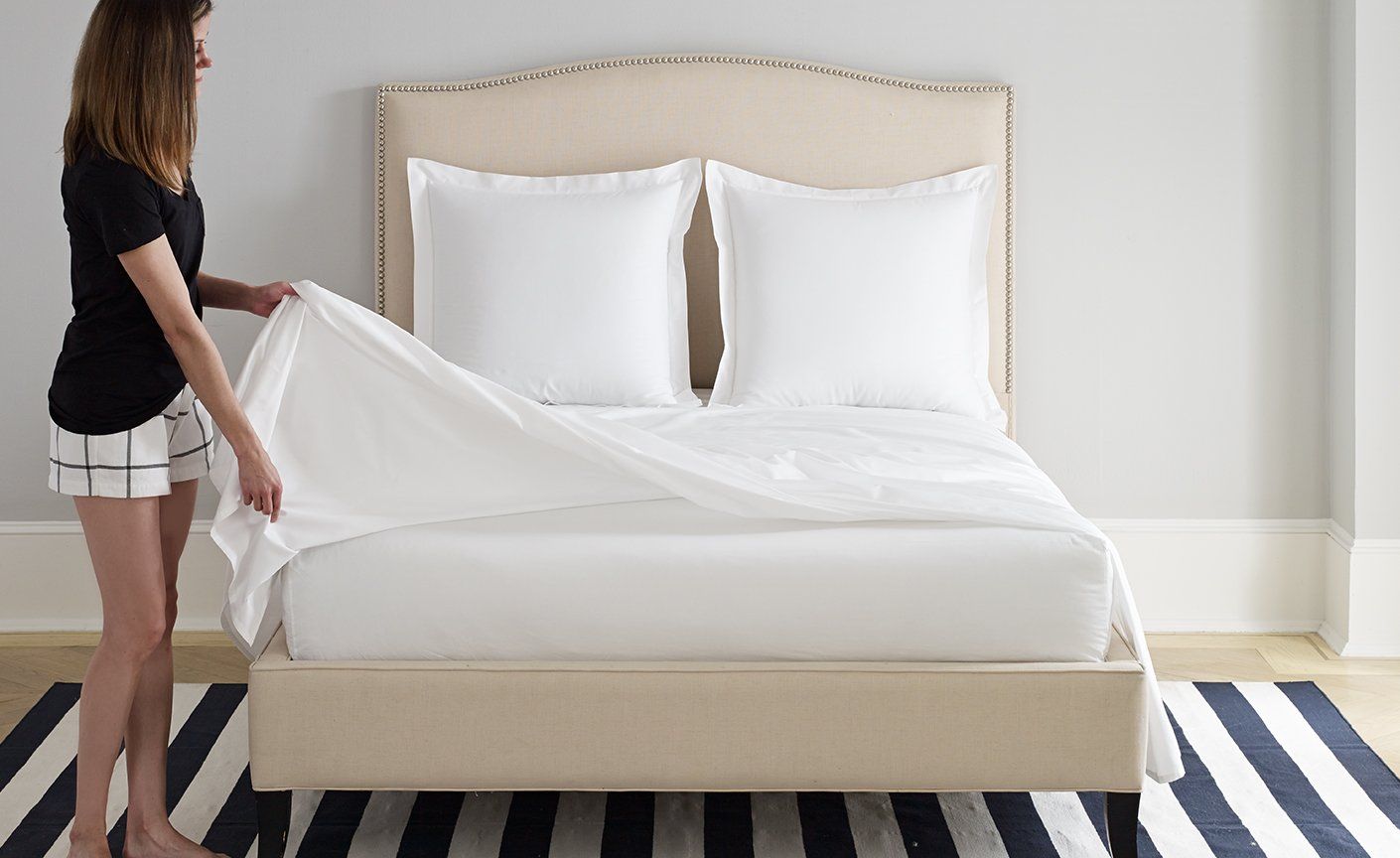

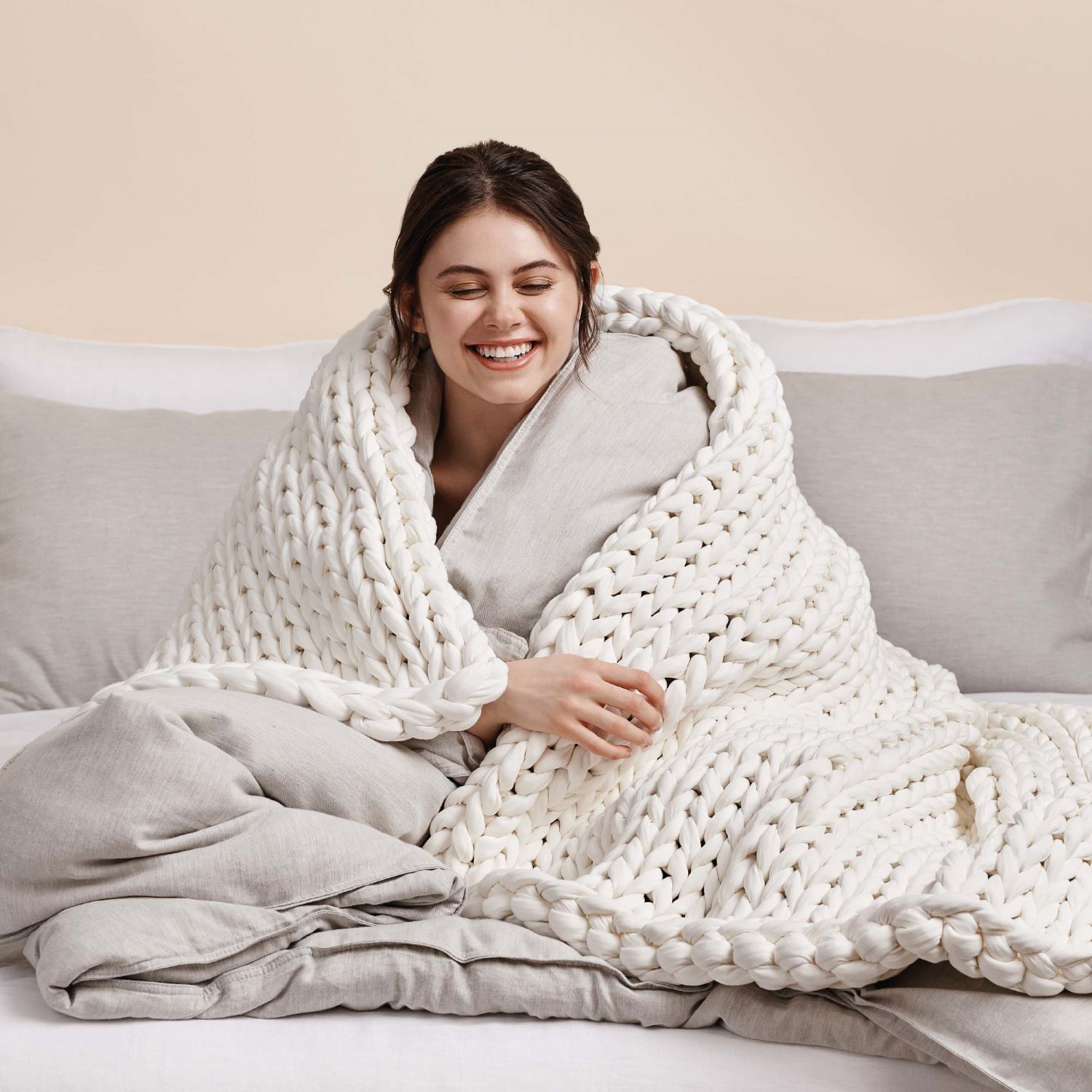
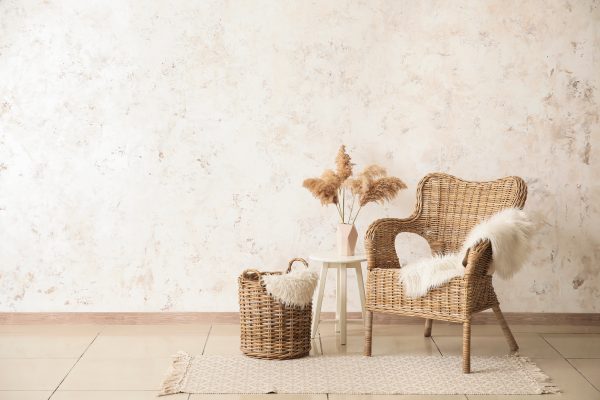
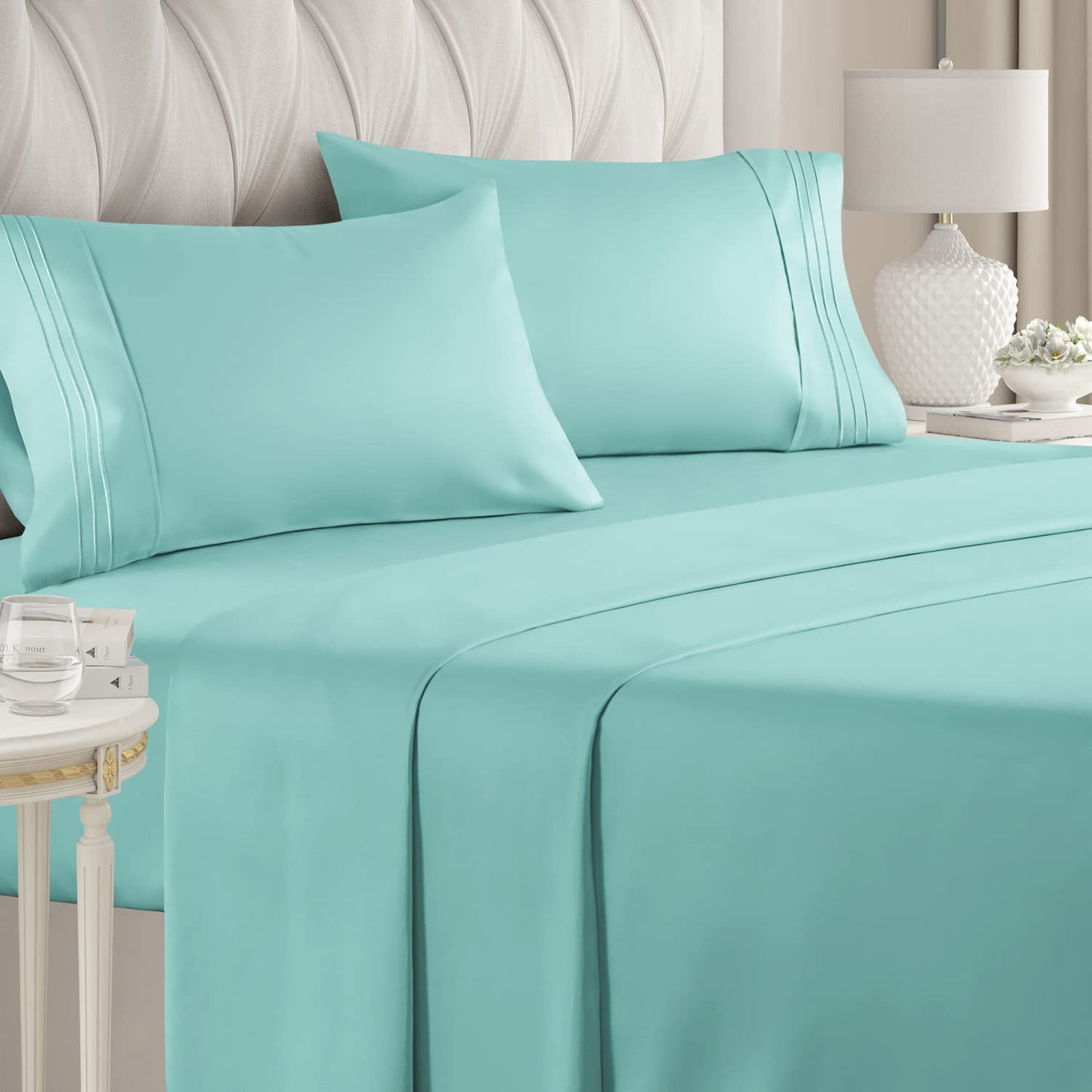
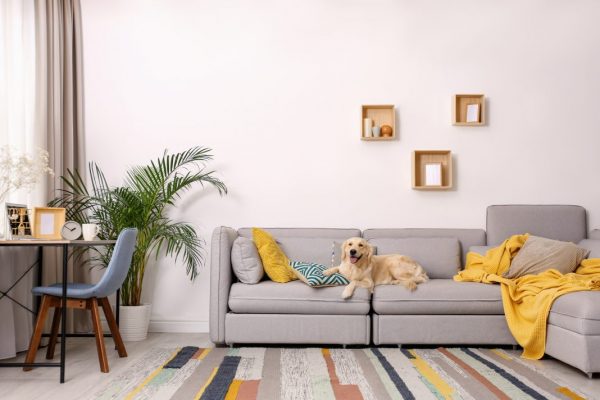
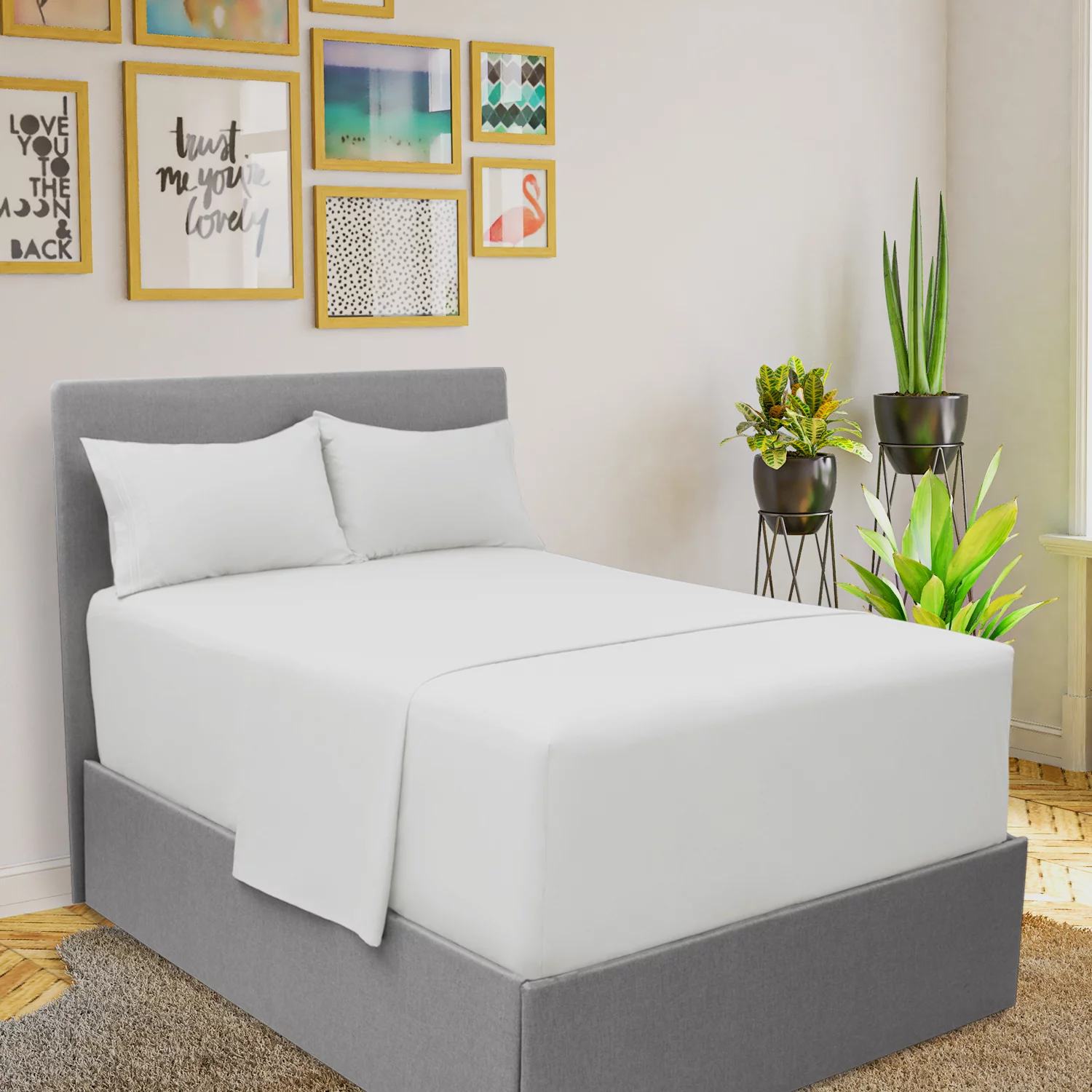
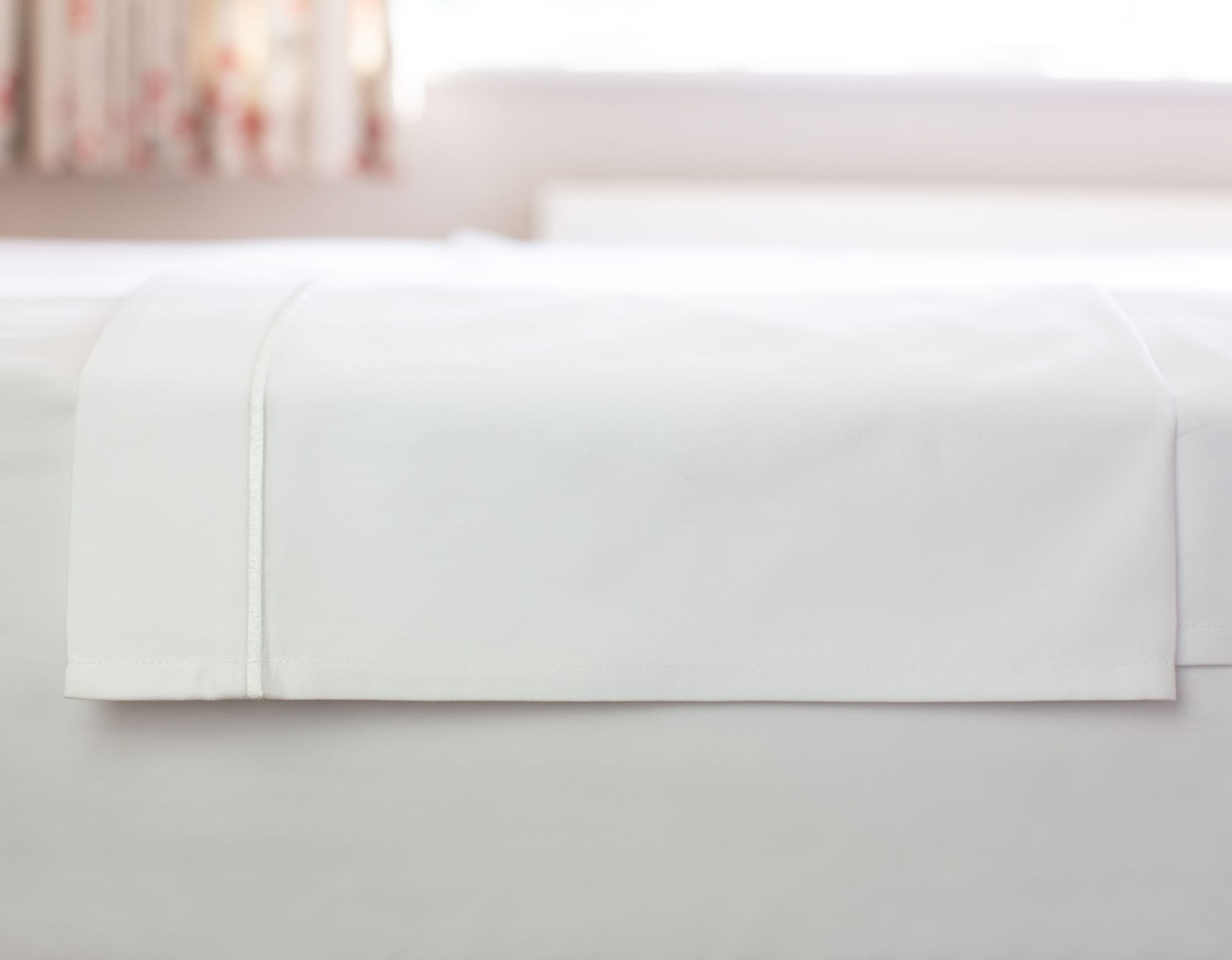
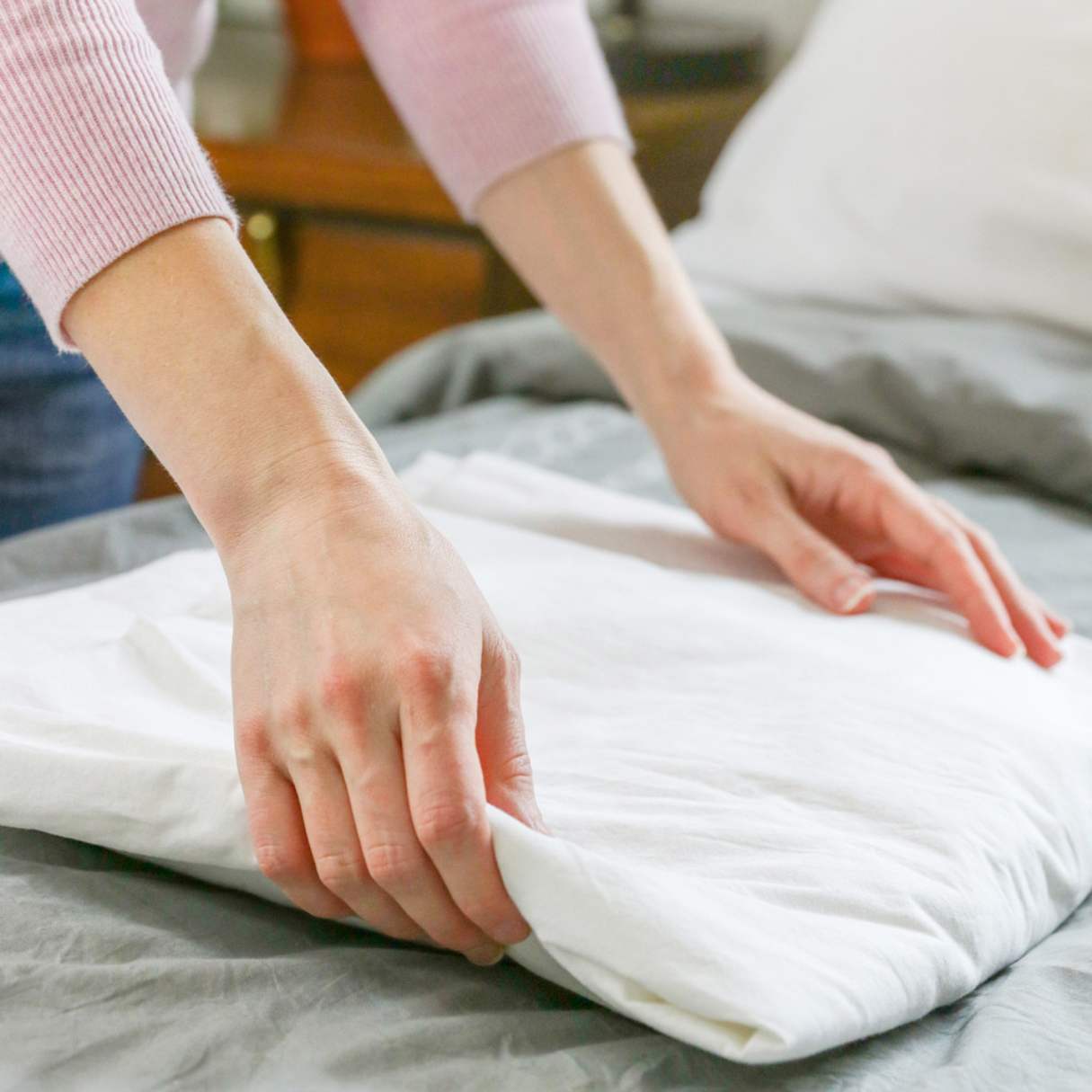
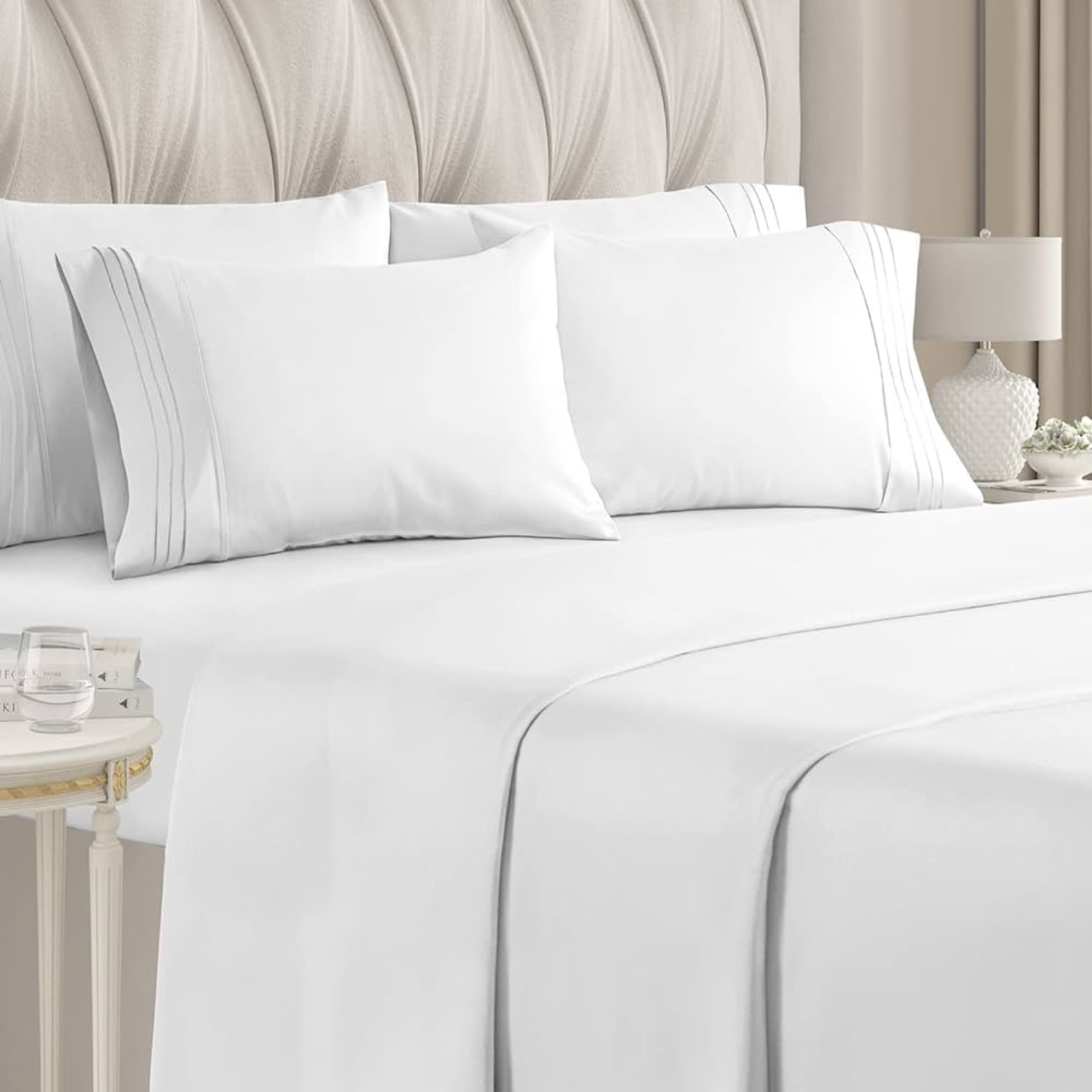
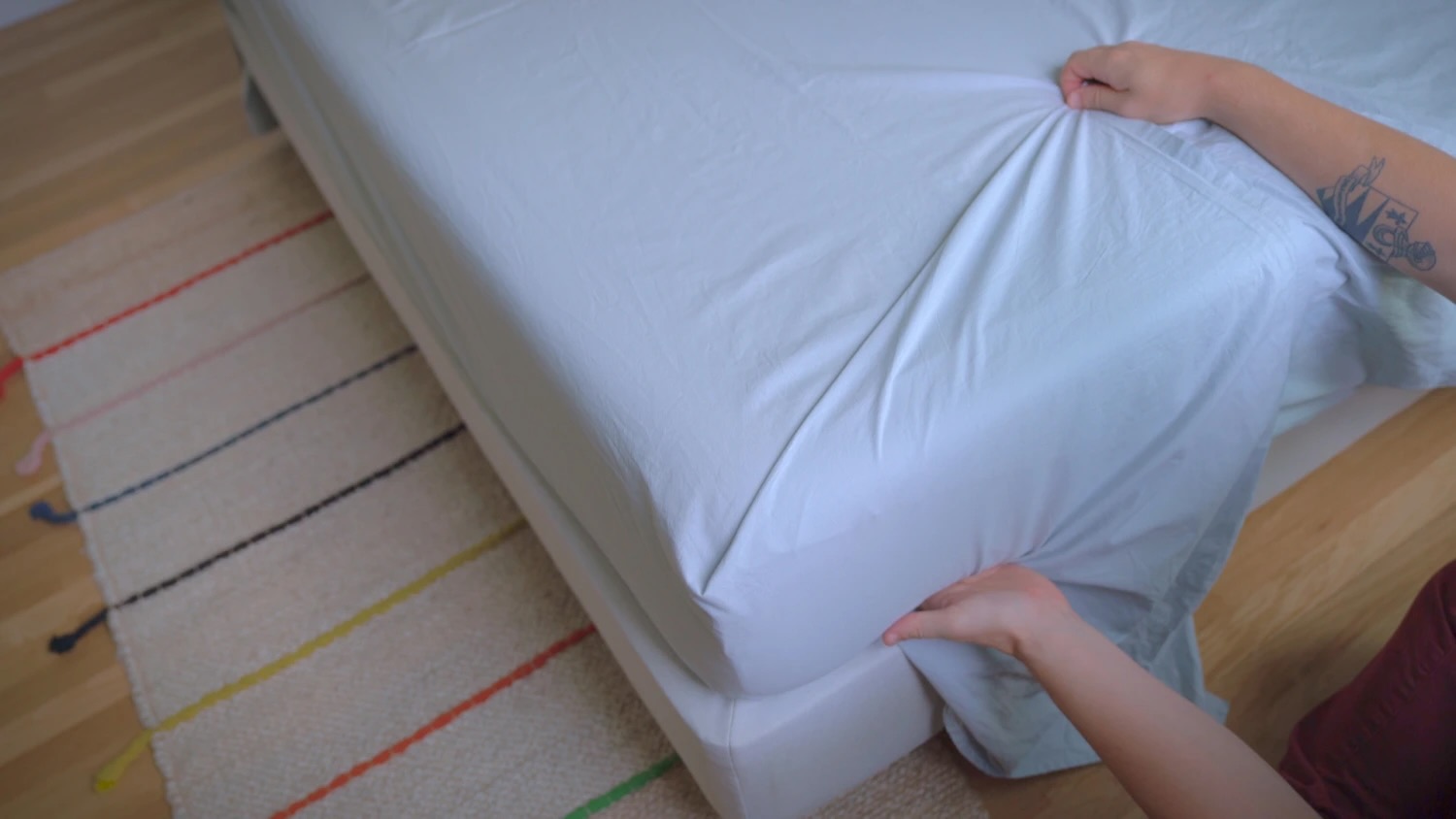
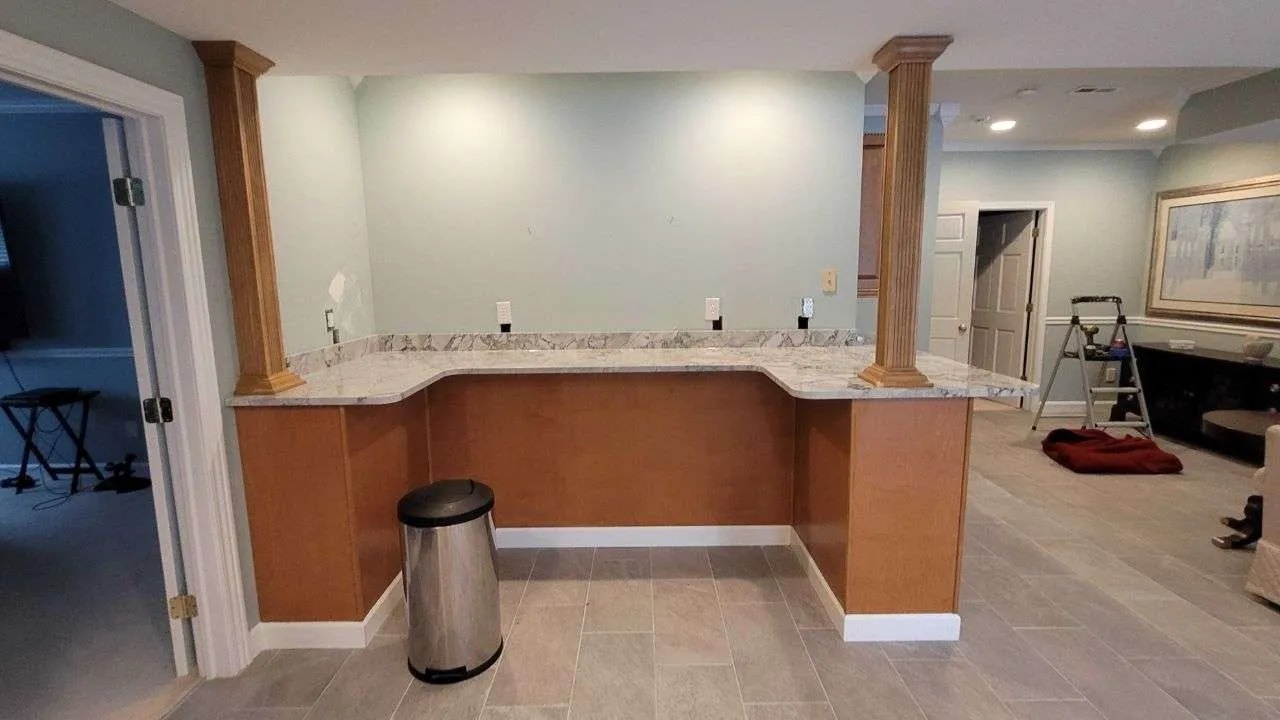

0 thoughts on “Flat Sheets vs Fitted Sheets – What’s the Difference?”